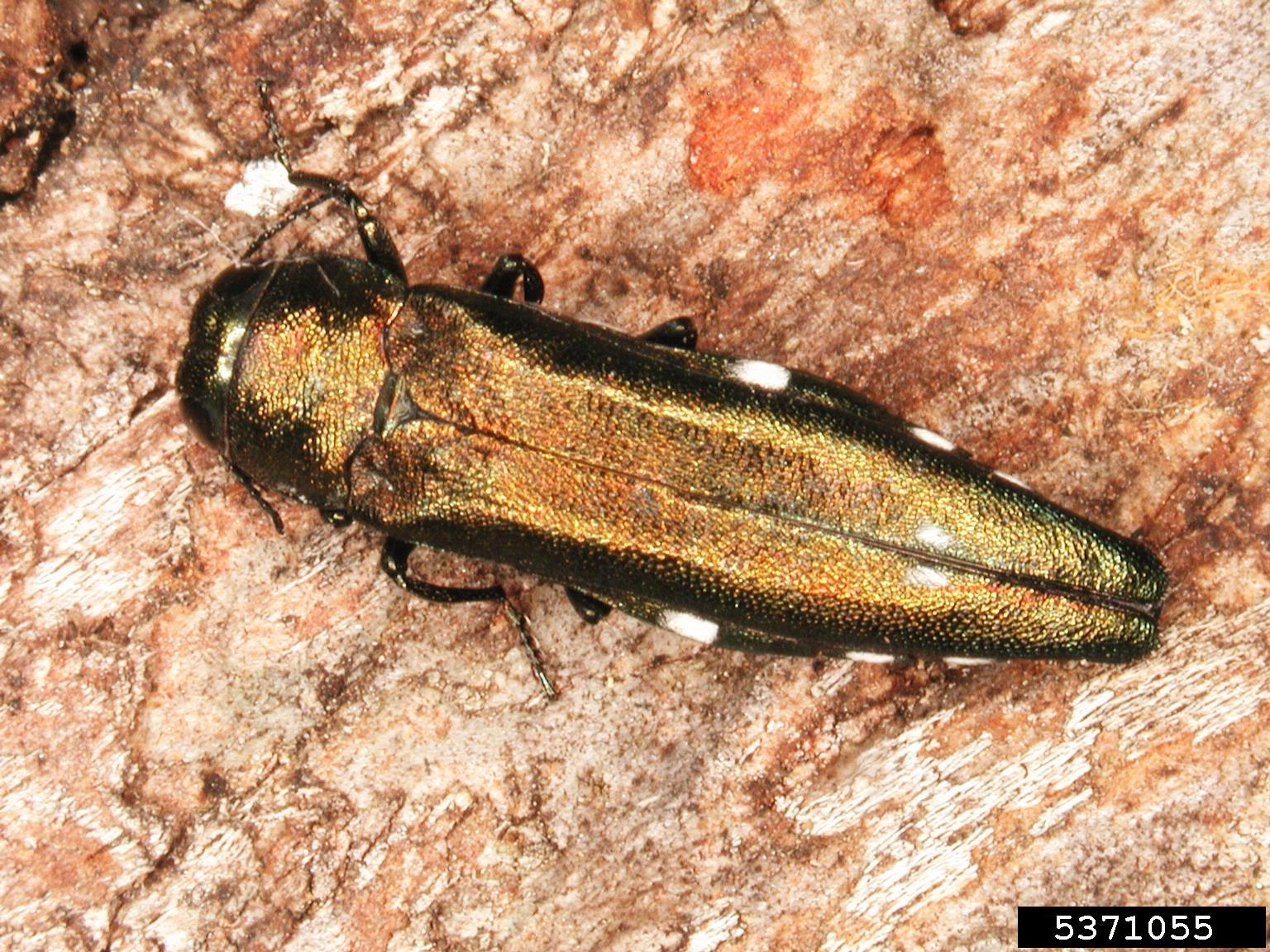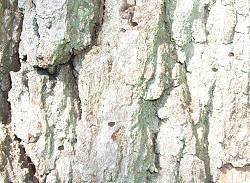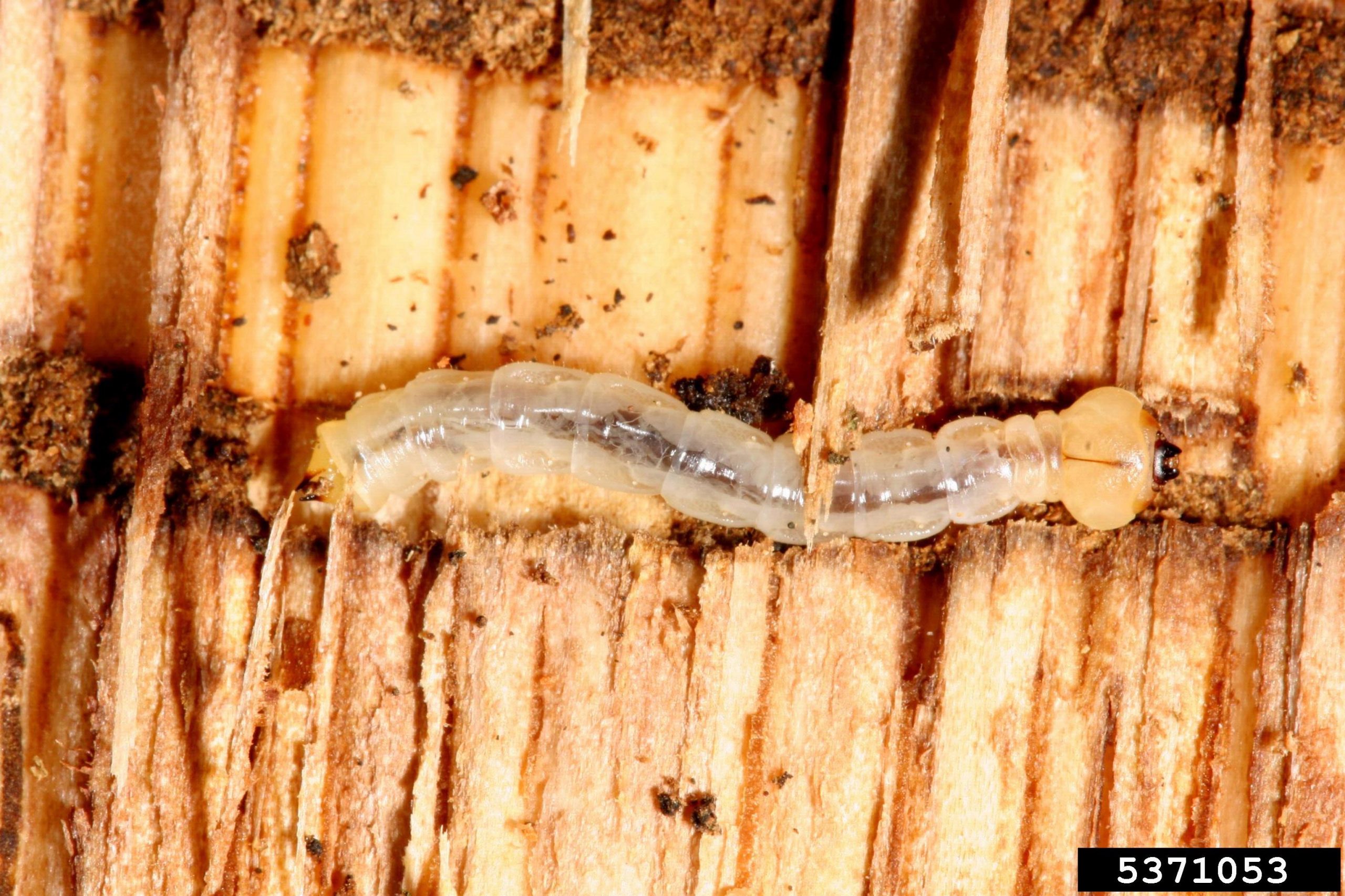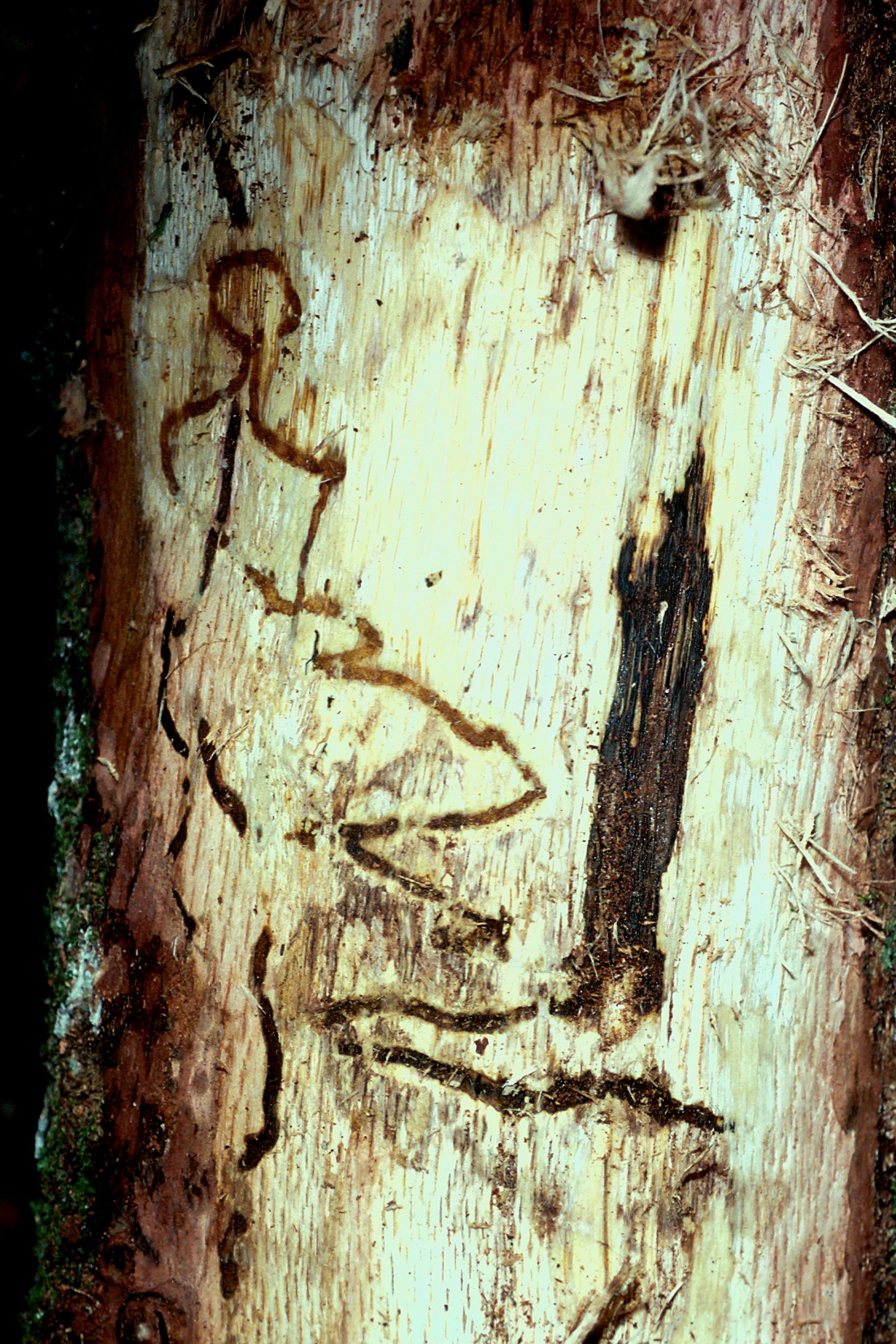Present in UK
Not notifiable
Scientific name – Agrilus biguttatus

Picture: Gyorgy Csoka, Hungary Forest Research Institute, Bugwood.org
The two-spotted oak buprestid (TSOB) is a UK and European native, bark-boring beetle which lives mostly on oak trees (trees in the Quercus genus).
In sufficient numbers, feeding activity by its larvae (grubs) can severely weaken trees, and might hasten their deaths. It used to be considered a rare and vulnerable species posing little threat, but its numbers appear to have been increasing in recent years.
There is also concern about its possible role in acute oak decline, a serious and often fatal condition of oak trees.
It is also known as the oak jewel beetle, oak splendour beetle and two-spot woodborer; and it was previously known by the scientific name Agrilus pannonicus.
TSOB is present in Great Britain and most continental European countries; in Turkey, Syria and Iran in the Middle East; and Morocco and Algeria in North Africa.
In Britain it is most frequently recorded in areas where acute oak decline (AOD) occurs, and it appears to be restricted to central, southern and eastern England. A map of records of occurrence is available in the National Biodiversity Network (NBN) atlas – see ‘Additional Resources’ below.
TSOB is primarily a pest of oak trees, especially pedunculate or English oak (Quercus robur), sessile oak (Q. petraea), downy oak (Q. pubescens), evergreen oak (Q. ilex), cork oak (Q. suber) and Turkey oak (Q. cerris). However, it has also been found on European beech (Fagus sylvatica) and European sweet chestnut (Castanea sativa).
It prefers mature oak trees with trunks greater than 30 cm (1 foot) in diameter, and which are weakened or in decline caused by damage, disease, attack by other pests, stress from drought or flood, or old age. It is possible that in some cases TSOB might kill a tree which would otherwise recover from a state of decline.
Damage to trees occurs when the larvae feed on the vascular tissues in the inner bark, creating galleries. When the number of larvae is high, the galleries can act to restrict the flow of nutrients within the tree, impairing its health. If the damage to the vascular tissues girdles the tree it can sever the flow of nutrients, contributing to the death of the tree.
However, trees can recover if larval numbers are low and damage is light: the trees employ a range of physical and chemical defences to protect themselves, and can cover over the galleries with callus tissue growth.
Adult TSOBs are difficult to observe because they feed (on oak leaves) and mate high in the canopy, and the larvae develop beneath the bark. However, it is possible to infer its presence from the characteristic D-shaped exit holes which the new adult beetles make as they emerge from pupation through the bark.
The adults (see top picture) are iridescent green/blue or bronzy/green. Two distinctive white spots on the wing-cases give rise to its name, and help to distinguish it from other native Agrilus species. At 10-13 mm (0.4-0.5 inches) long, they are also larger than other native Agrilus species.

The D-shaped exit holes (pictured above) and larval galleries are frequently found on trees showing symptoms of acute oak decline.

Picture: Gyorgy Csoka, Hungary Forest Research Institute, Bugwood.org
The larvae (above) are creamy-white and measure up to 40 mm (1.6 in) long. The first thoracic segment is enlarged. They have no legs, and have two spines on the last abdominal segment.

Picture: Louis-Michel Nageleisen, Département de la Santé des Forêts, Bugwood.org
The galleries (above) which the larvae make as they feed on the vascular tissue typically follow a zig-zag course.
TSOB is a native species and difficult for non-experts to observe, so we do not require reports of suspected sightings from members of the public. We do, however, invite reports of suspected acute oak decline.
The adult beetles lay their eggs in crevices in the bark of declining trees in the early summer. After the larvae (grubs) emerge from the eggs they tunnel through the corky outer bark to feed on the nutritious inner bark and cambium, creating long, sinuous galleries.
Mature larvae eventually pupate in the outer bark plates before emerging through the bark as adult beetles in the late spring and summer, creating the characteristic D-shaped exit holes in the bark as they do so. The entire life cycle can last for two years.
The life cycle is presented in graphic form in this Forest Research poster.
TSOB beetles can fly several kilometres. However, their distribution seems to be restricted by cool summer temperatures, although this might expand under a warming climate.
Forest Research has been investigating TSOB’s life cycle and distribution, and the role that it plays in acute oak decline.
To date (January 2020) we have been able to determine the role of temperature in the development of the beetle, and the duration of its life cycle.
Our research is also investigating:
A summary of our research findings, as well as more-detailed information about two-spotted oak buprestid, are presented in this article in the journal Forestry.
TSOB is native to the UK, and until recently its recorded numbers and impacts were low. Possible reasons for its apparent increase in population might include: